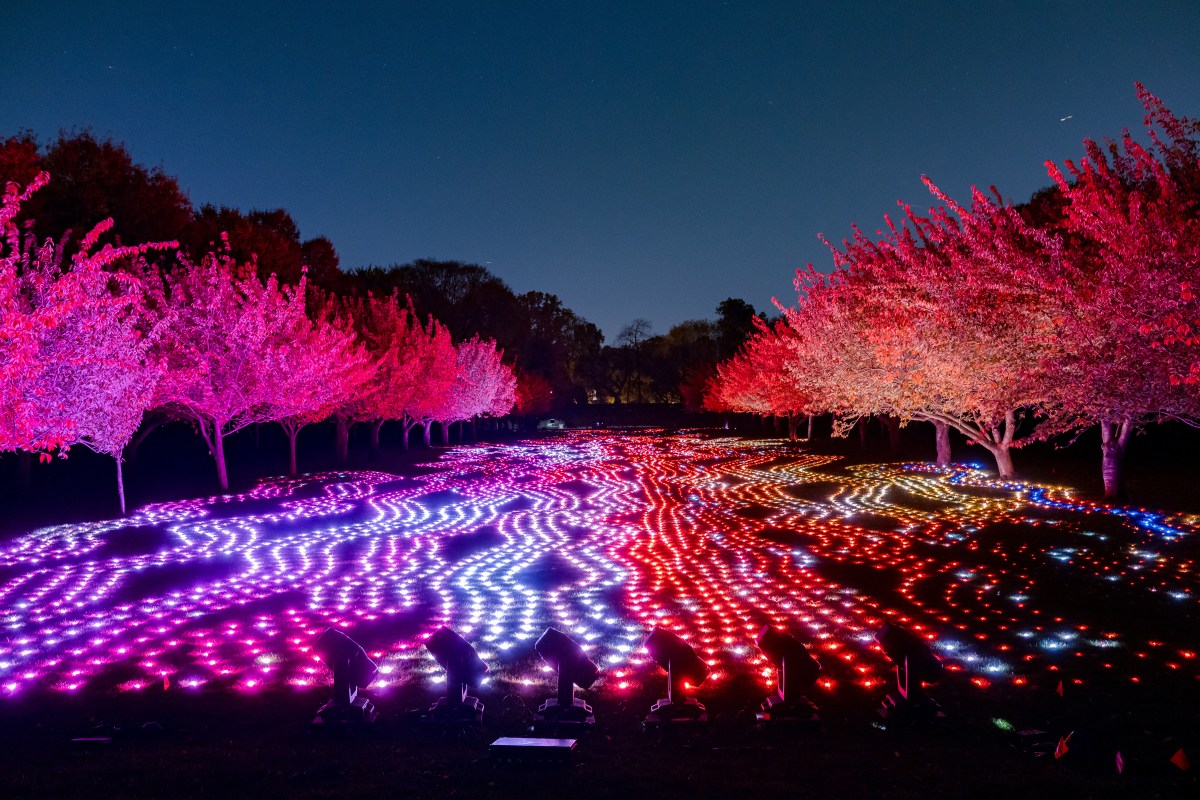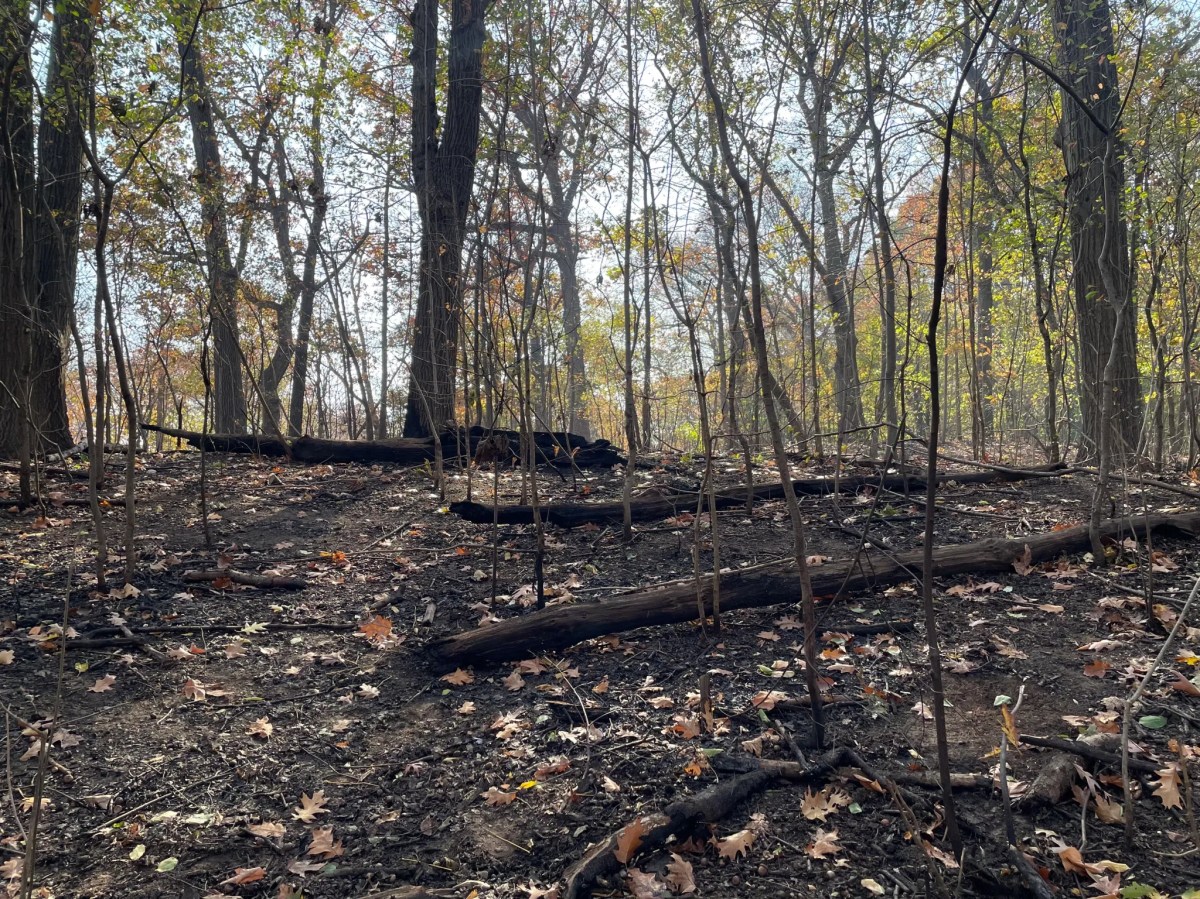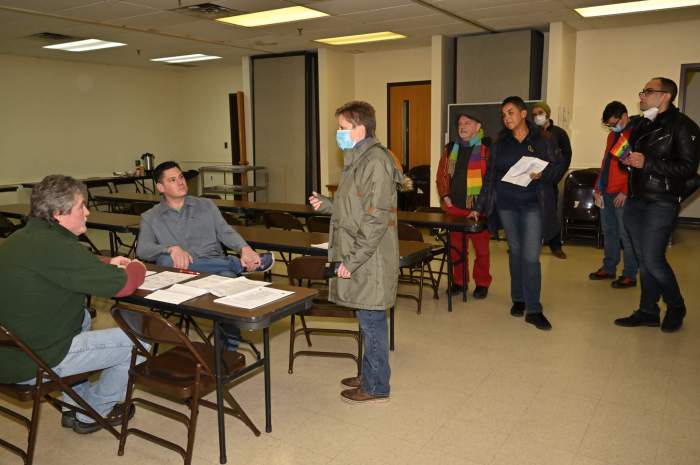By Tequila Minsky
Starting next Thurs., June 30, from 6 p.m. to 8 p.m., the community is invited aboard the steamship Lilac at its new moorings at Pier 25 on the Tribeca waterfront near Harrison St. Built in 1933 as a lighthouse tender, the Lilac recently relocated from Pier 40, at West Houston St.
The first public event at the Lilac’s new location, an opening party will feature the photography exhibit “Waterways,” by Shelley Seccombe, a Westbeth resident of 41 years and a waterfront photographer. Two-dozen images of metropolitan area waterfronts, in color and black and white, will be on exhibition on the Lilac through the month of July.
The architecture of the old Hudson River piers with their texture and grit, the interiors of the abandoned pier sheds with their broken windows and incredible shafts of light, daredevil kids climbing on the ruins, pier denizens, then and now, are the subjects photographer Seccombe has been documenting.
Included in her images that span 38 years of Manhattan’s shoreline are dancers and gymnasts, musicians, contemplators, dog walkers and, more recently, baby strollers and children’s fun in the sprinklers at new playgrounds in the Hudson River Park.
Seccombe’s book “Lost Waterfront, The Decline and Rebirth of Manhattan’s Western Shore,” published in 2008, features 68 black-and-white and color photographs from her years documenting life at the water’s edge.
The Lilac show will also include some of her photography of distant U.S. waterways.
Seccombe began photographing the waterfront after she came home from her teaching job to find the neighborhood full of smoke from a tremendous fire on Pier 50 at Bethune St. and the West Side Highway. Taking photos by leaning out a neighbor’s sixth-floor window, she later realized she used the wrong film stock — indoor film; all the images were bluish.
“But, I learned,” she said.
“That fire marks the beginning of my intense interest in photographing the waterfront and, in fact, that fire resulted in the pier collapsing and being removed,” she said. “Nobody remembers Pier 50, but I have the pictures that prove it existed.”
After returning home from teaching music, she would go out with her camera and hang out on Pier 49, especially in the summer.
“People would go to watch the sunset. There was a nice breeze, and I became aware of the movements of the tugboats, shifting around the scows to form tows,” she recalled.
The main commercial activity then was the shipping of trap rock — gravel for construction.
Her photos started piling up, and decades later, Seccombe realized she had a body of work. In the interim she had left music for a career in photography.
In 2004 when Friends of Hudson River Park searched for photographs of the old waterfront, she supplied them. In 2006, for a year, her photographs were on exhibit at the South Street Seaport Museum. Her ongoing collaboration with the Friends resulted in the publication of “Lost Waterfront.”
The Lilac was built to carry supplies to lighthouses and served the U.S. Coast Guard until 1972. Never converted from steam to diesel, she was one of the last working steam-powered ships in the Coast Guard’s fleet when she was decommissioned.
Mary Habstritt, vice president of the Lilac Preservation Project, said their goal goes beyond the boat itself — as she put it: “To not just restore the ship, but have educational programs related to maritime history.”
The Lilac is the first of the three historic ships to take up residence on Pier 25. Set to join it are the 1907 tug Pegasus and the pre-Civil War replica Clipper City, built in 1983, an “extreme clipper,” a cargo ship designed for speed.
The Lilac is open to the public Wednesdays, Fridays and Saturdays, from noon to 5 p.m., through July. Seccombe’s “Waterways” exhibit will run through Fri., July 29, when there will be a closing reception from 5:30 p.m. to 7:30 p.m. during the Historic Ship Festival.
































